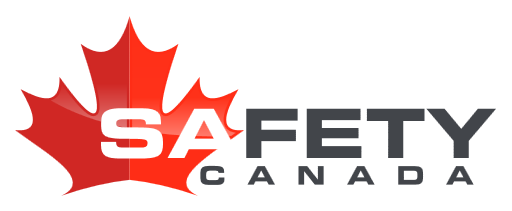Course Overview
This course describes the regulations a driver must follow when completing a trip inspection. Trip Inspections are an important part of carrier safety .This course will help the participant understand the regulations they must follow and how to apply them.
Course Topics
- Standard 13
- Safety regulations and laws
- Daily requirements
NSC Standard 13 Part 2 Schedule 2 (Bus)
- Major and Minor Defects
- What needs to be completed on each Trip Inspection
- Defect boxes
- Standard Information
- Example
- Reporting defects
Paperwork Retention
- In vehicle
- Office requirements
- Repair orders
Truck Inspection
- Paperwork and Documents
- In Cab Inspection
- Seat and Mirrors
- Gauges
- Horn, Backing Alarm and Windshield
- Engine Noise
- Extra Equipment
Exterior Inspection
- Preparation
- Vehicle Circle
- Lights
- Fluid levels and leaks
- Wear on belts, fan and hoses
- Shocks, Suspension and Steering system
- Brake check
- Tires and Axles
- Body and Frame
- Battery Compartment
- Exhaust system
- Exterior storage compartments
- Emergency Exit (rear)
Passenger Compartment
Passenger seats
Passenger doors
Emergency exits
Brake Response Test
Preparation for inspection
Brake response in park
Brake response while moving
CVSA Inspections
Level 1 - Full Inspection (driver & vehicle)
Level 2 - Walk Around
Level 3 - Driver Inspection
Level 4 , Special inspection
Level 5 , Full Inspection (vehicle)
Level 6 , Radioactive goods
Level 7 - Jurisdictional Mandated
This course takes approximately 60 minutes to complete
A passing grade of
80%
or higher required. Up to
3
attempts are provided.
A certificate will be provided upon the successful completion of this course.


